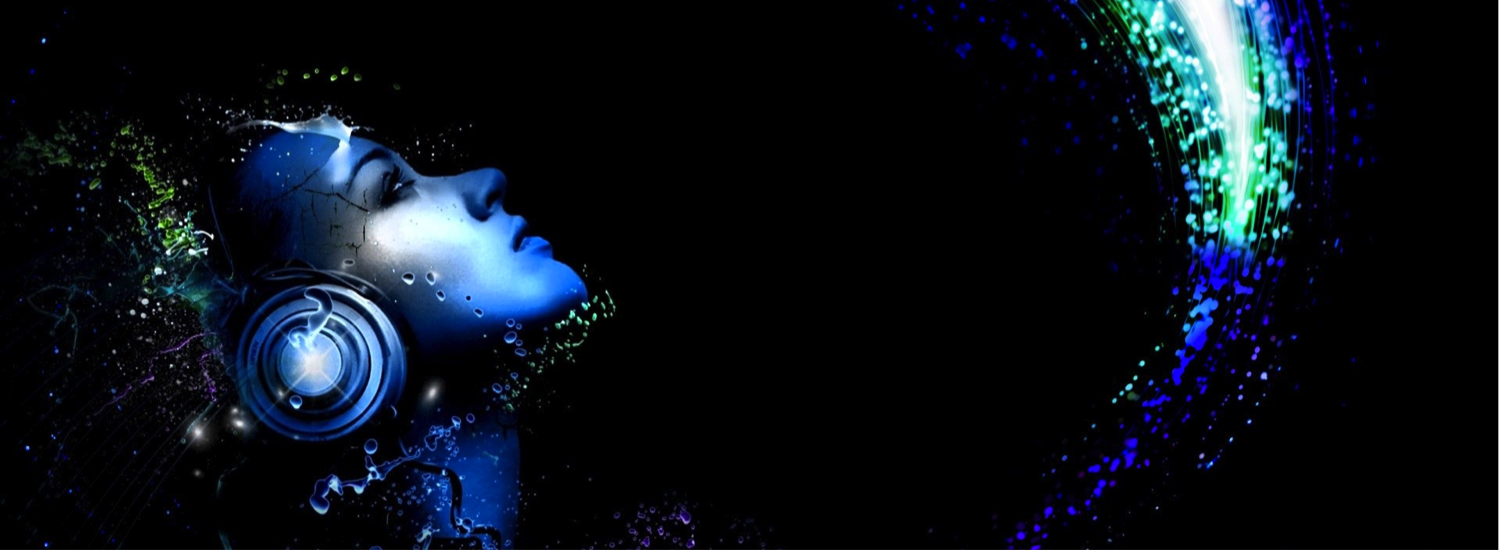5 reasons why native song advertising is the future of music promotion

Yesterday, Daniel Sander wrote an article about why traditional digital advertising doesn't work for music. I thought I would follow it up with why native advertising is the more efficient future of music promotion.
For many years, the best and ideal way to promote new songs was to get airplay on traditional radio stations. It was and in many ways, still is the ultimate way to reach a huge audience and dramatically increase a song's chance of becoming a hit. I'm not suggesting in any way that this is the only factor for a song's success, but a good song with good exposure should succeed.
So what is native song advertising anyway?
Native song advertising is a new breed of music promotion. It allows artists to guarantee their songs get played in streaming services where young audiences currently spend their time listening to music. The way it works is that an artist at any level can buy sponsored plays inside music streaming services that are targeted to a specific audience of their choice.
So why do we think that native song advertising is the future of music promotion?
1. Listeners switched medium to digital music services
While radio promotion is still very effective, the past few years, trends clearly show that digital is overcoming traditional radio. With the rise of streaming services like Spotify, Pandora, Deezer, 8tracks, etc, the young audience that is so desired is not really tuned in to terrestrial radio. So if listeners changed the place they listen to music, shouldn't the marketing efforts adjust accordingly?
2. Internet streaming services have endless amounts of personalized radio stations
One of the biggest problems with Radio promotion is the lack of ability to actually get your song played. 99% of artists will never get radio airplay and in a way are doomed for a failure, even if their music is great. In a world with limited radio stations and a huge amount of songs being released every week, there is no way to give every song a fair chance to be heard.
Fortunately, digital platforms have changed the game forever! On digital streaming services, users actually listen to personalized radio stations (Pandora, for example). This means that there are an unlimited number of stations on digital streaming services, allowing artists to not only guarentee their song will be heard, but also choose which stations, which users, and which locations will be listening to their music.
3. Native song promotion allows users to interact with the song
How many times have you heard a song on the radio and really wanted to do something about it? Purchase the song, add it to your playlist, or share it with your friends? When a song is being played on the radio, there is no way to interact with it making invisible for any enagement. On digital, when a song is on a streaming platform, it's very easy to see the song name, add it to a playlist in a click (native advertising), or favorite it for later use. This is very powerful and important to any artist.
4. Insights - Digital platforms are are able to collect real-time analytics
How is my song is doing? This is a good question. Most artists use YouTube/SoundCloud as the best indication for a song's success. But how many people have skipped your song? How many followed you on Facebook as a result of listening to the song? Native song advertising comes with many amazing analytics that allow the artist to learn, adjust and tune his music to reach to the right listeners with the right timing.
5. Accessibility - All artists are able to get their music heard
Native song advertising opens the door to artists of any size to be able to recieve guarenteed airplay with as little as $20!
Songs are played to real users who are listening to music in their favorite music app. And guess what? Since it's digital, you can actually target the song based on users' listening habits, making sure the song gets played only to relevant users.



